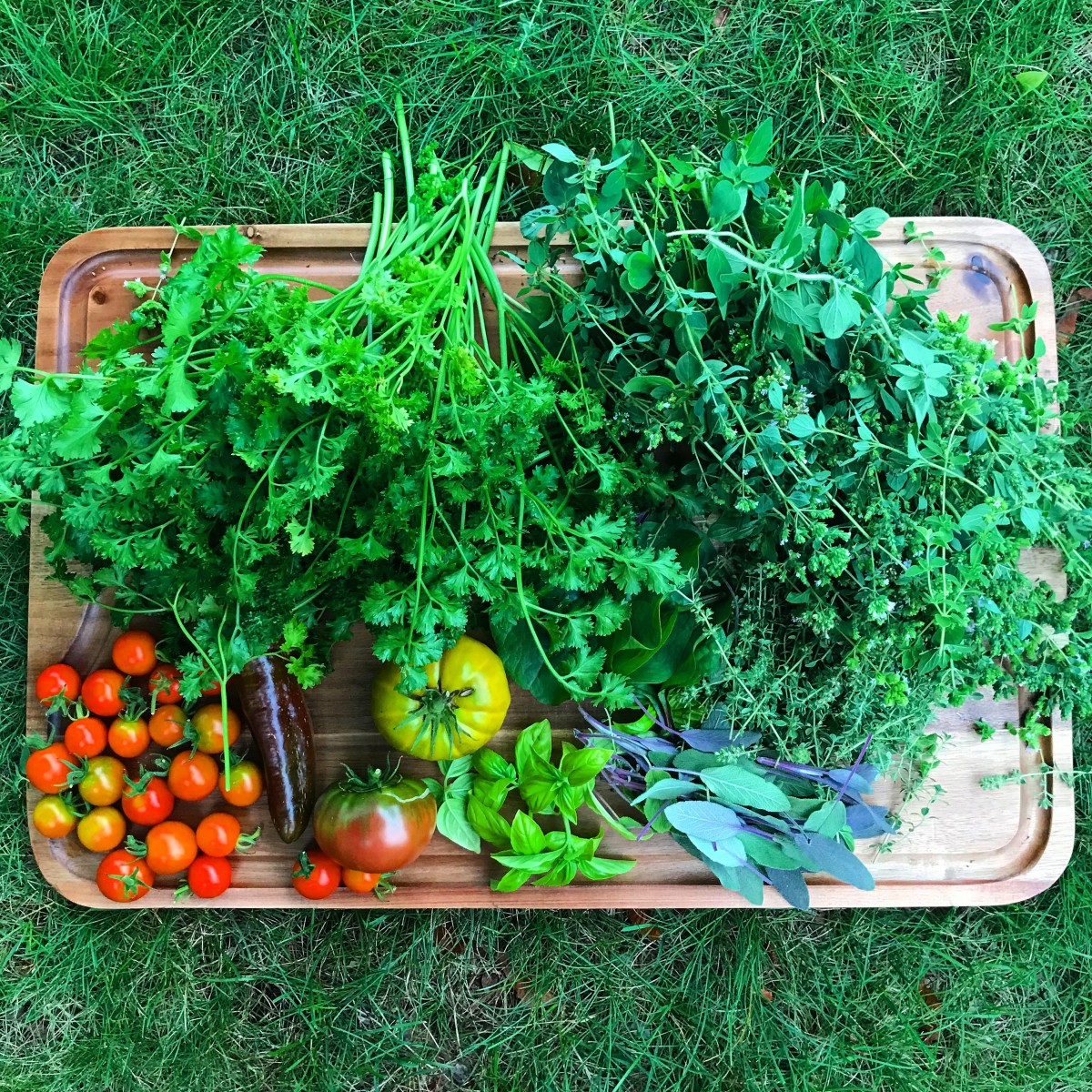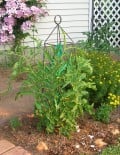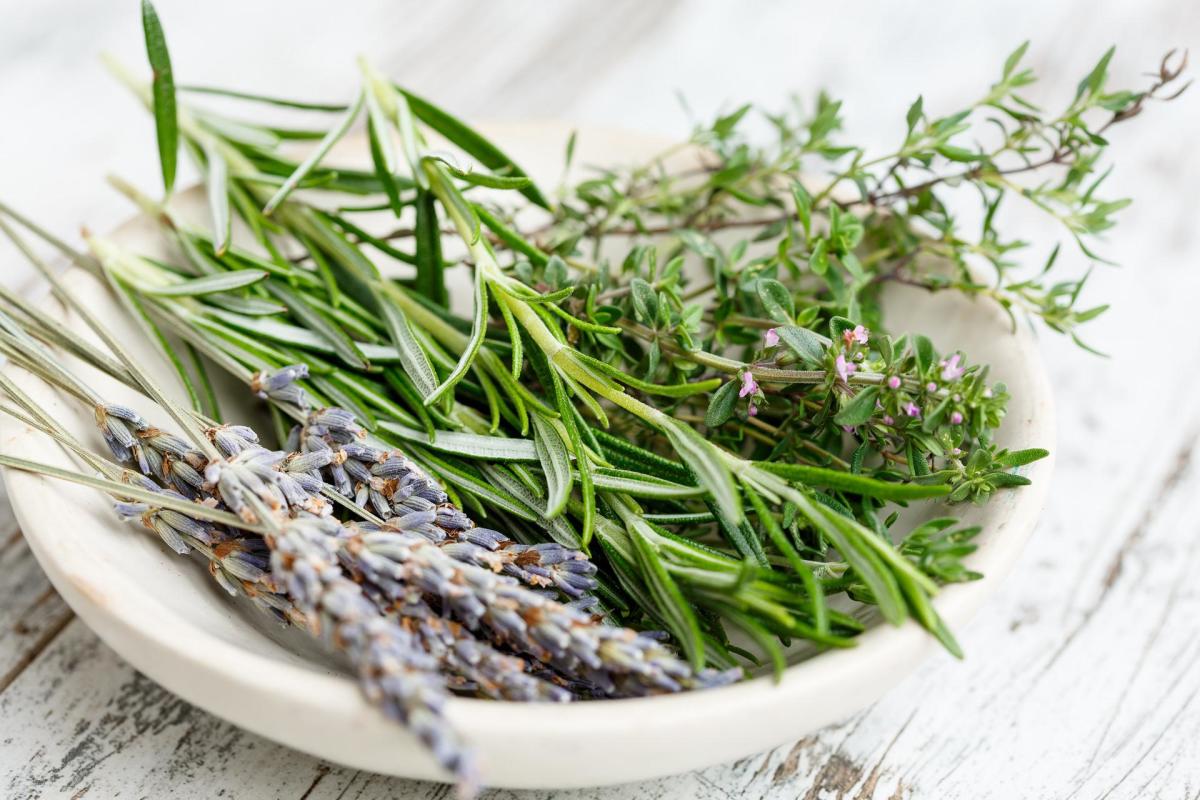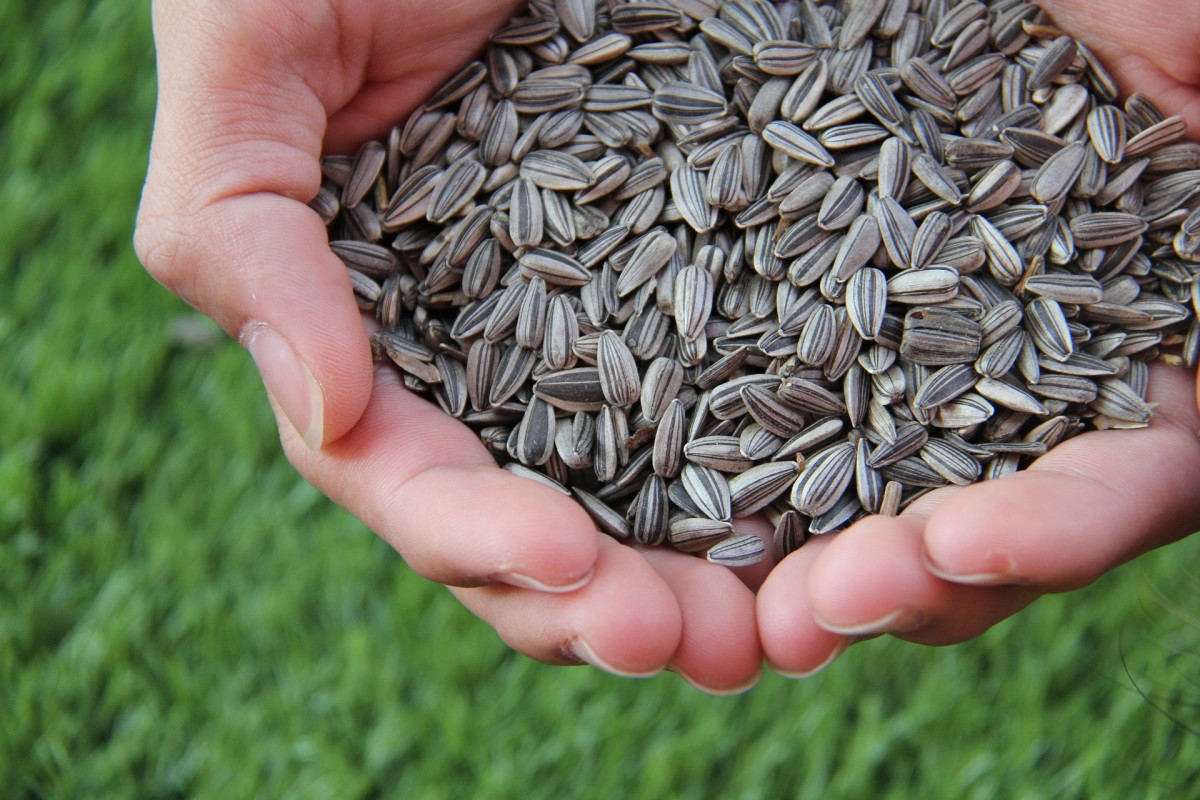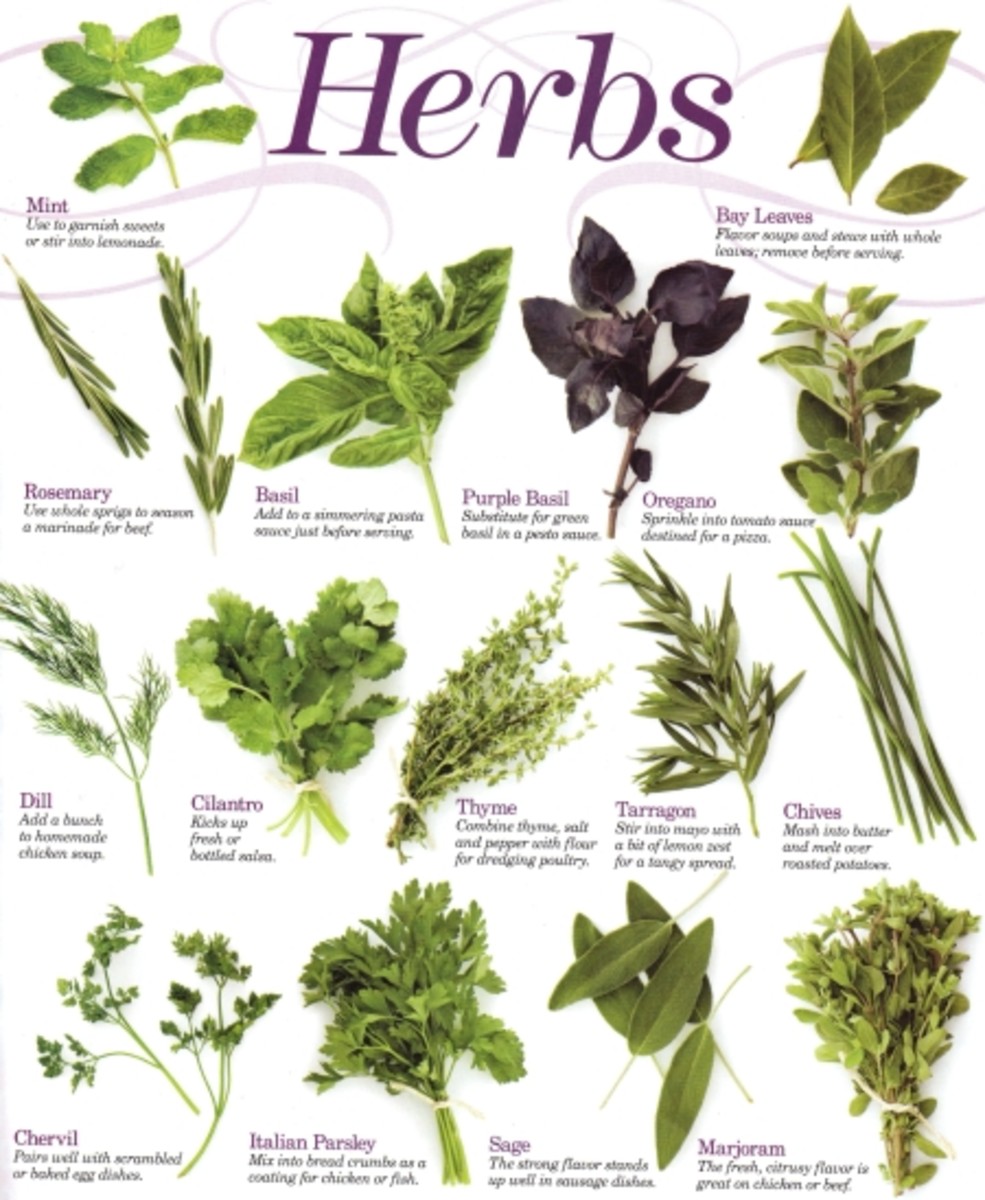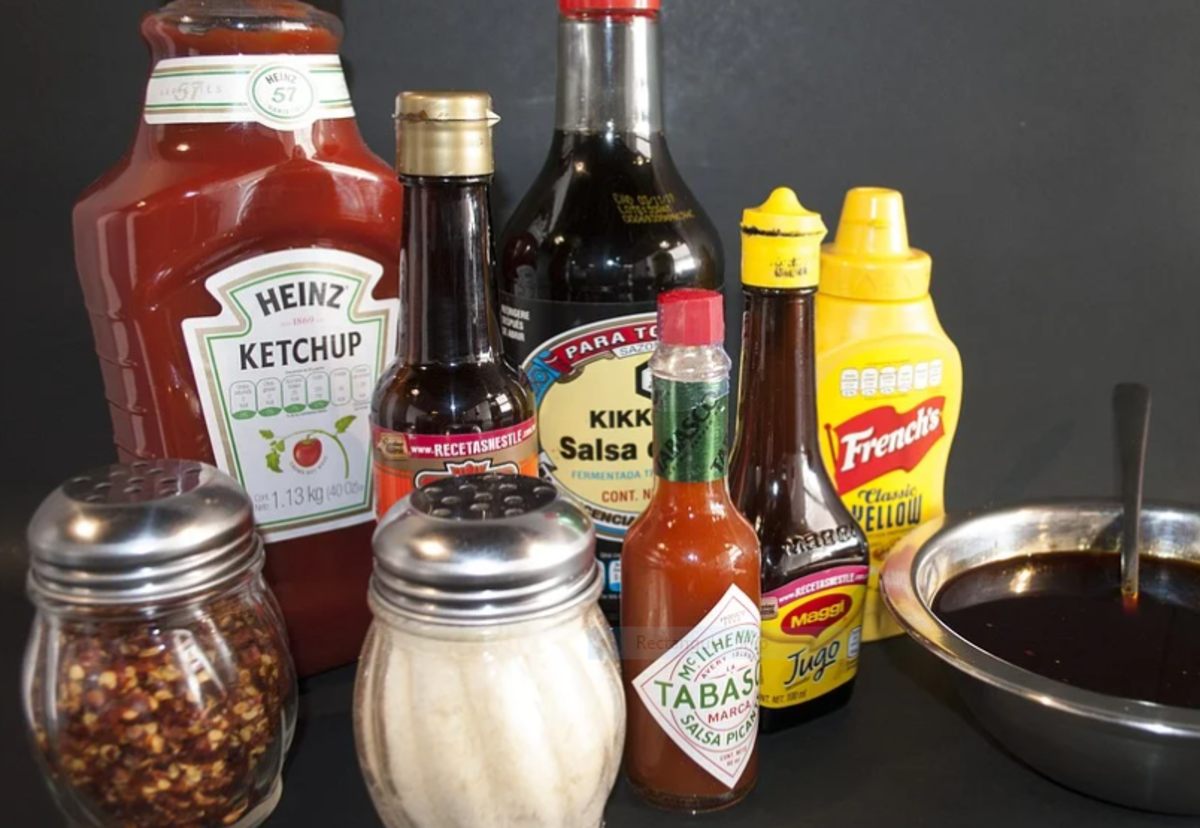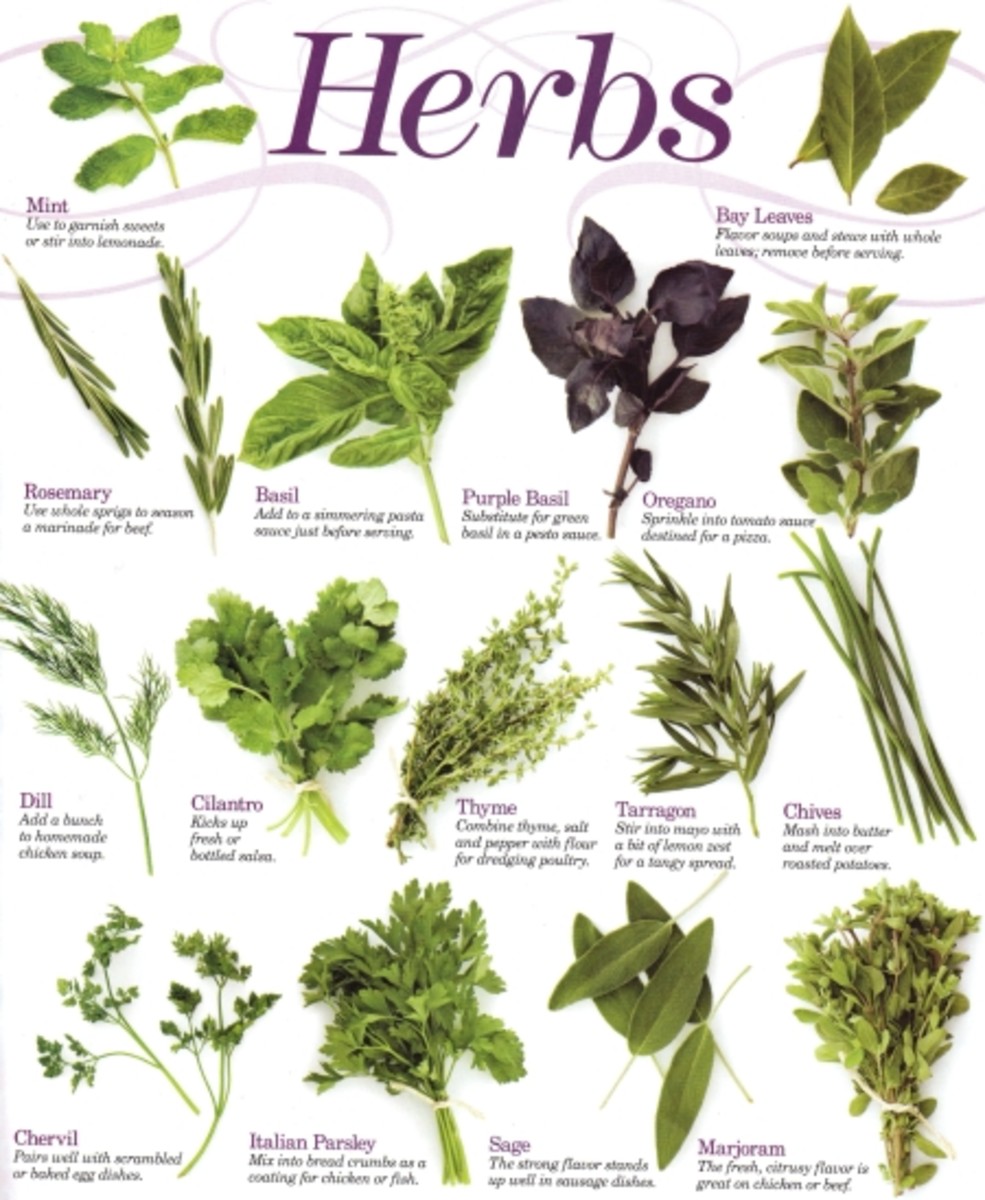Gathering and drying herbs
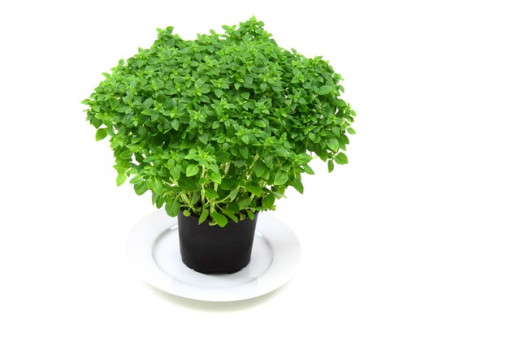
So you have decided to grow herbs. Good for you! The more herbs you can grow the better I say! So now your wondering when to pick, cut and gather these wonderful garden goodies.
If your growing them indoors, which I highly suggest if you live in the colder climates, then you can pick and trim your plants whenever you want.
But if you grow them outdoors there are a few guidelines to follow to get the most from your herbal harvest. When herbs are harvested, preserved, and stored correctly they will be in the best condition for your year round use.
When to harvest herbs?
Harvest now or later?
This poses a good question. If you want to harvest just the leaves and stems of the plant then harvest them before it flowers. When a plant flowers it takes away from the plants essential oils because it takes alot of energy and nutrients to do so.
If you are wanting to harvest the flower heads then cut them just as they are opening and firm.
Seeds and seed heads should be harvested just before the seeds start to fall from the plant. When they are nice and dry.
If you are harvesting the roots or rhizomes then dig them up in the fall when the plants nutrients have gone back into the bulb or root.
What is the best time of the day to harvest herbs?
In the morning is the best suggested time to pick and gather your herbs.
With Calendula being one exception.
Always wait until all of the dew has dried and the leaves and stems are free of moisture. Picking them when they are wet or dewy can lead to the spread of unwanted fungal diseases between plants.
When are the Herbs ready for harvest?
That depends on the plant itself.
How old your plant is, is a major factor. Of course if it only has 2 or 3 leaves then by all means leave it alone and give the little fella a chance!
If your herbs are young its best to give them time to grow and become strong. For herbs such as Dill and Parsley, harvest only small amounts until the plant becomes large, then you can harvest up to a 1/3 of the plant without harming it. With herbs such as Rosemary, Thyme, Fennel and Sage, just to name a few, you'll want to harvest them right before they bloom. If you have newly planted perennial herbs then wait for them to become well established and strong before cutting them. Some flowering herbs like Red Clover and Chamomile are best when the flowers are just starting to open. This is also good for getting them to rebloom and have more flower heads. Some flowering herbs are best before their flowers open, like Lavender for example. To harvest the roots or rhizomes wait until the fall. Then divide them much like flowering bulbs such as daffodils and tulips. Make sure you leave enough to replant in your garden for next year.
Herb harvesting tips
- ALWAYS make sure that your herbs are free of pesticides or herbicides.
- Never harvest any diseased plants.
- I always give my plants a good shake or two to remove any unwanted insects.
- If you are harvesting wild plants make sure you know what your picking!! Take along a book with COLOR pictures for proper identification.
- NEVER pick plants that are endangered!
Herb drying methods
My favorite way to dry herbs is to tie them in small bundles, and hang them upside down in my kitchen. They are really attractive when hung in this manner, especially if tied with a bit of raffia or pretty ribbon.
But if your not going to use them right away store them in tightly closed jars,
preferably colored glass jars to keep out of the sunlight which can be damaging to the herbs potency. To dry seed heads tie the herbs in bundles and then place in a paper sack and hang upside down so that when the seed head is dry all the seeds will fall into the bag.
Alot of people ask me if drying herbs in a microwave is a good idea.
Well, that is entirely up to you, however, microwaves all have different temperature settings and you may end up with burned herbs instead of just nicely dried ones.
Some people like to freeze some of their herbs. But do a little research first to decide which herbs are best for this type of method. Some herbs don't like to be frozen as it really can turn them to mush!


